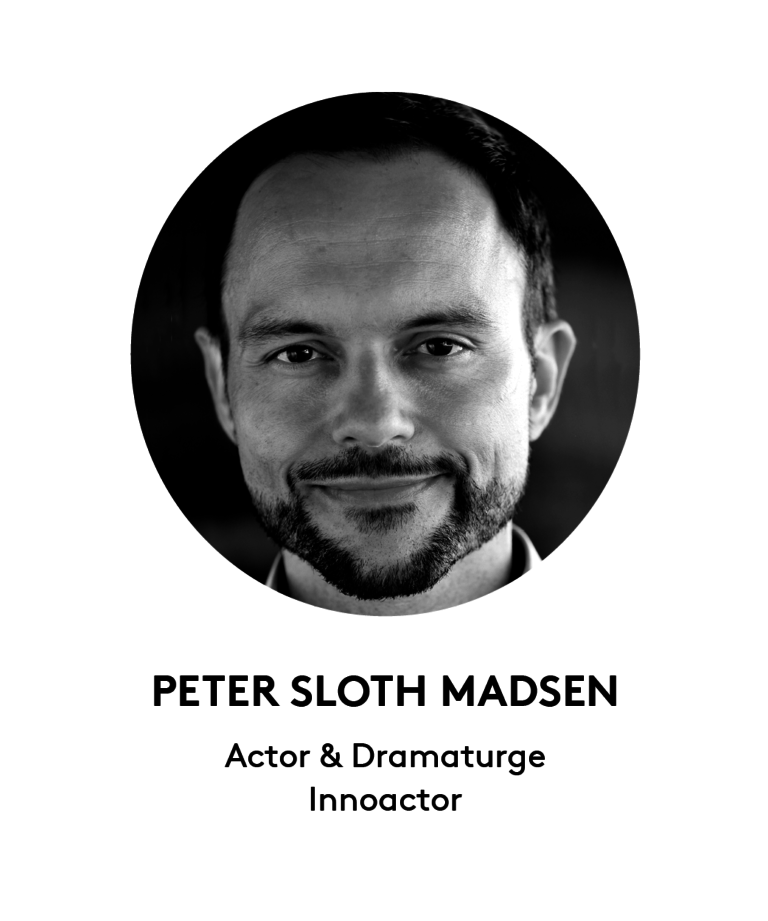Unleashing the Power of Theatre-Based Methods
in Agile product design and Service Design:
The Double Diamond and Beyond
As the worlds of Agile and service design increasingly intersect, close collaboration between these approaches has never been more valuable. Agile’s adaptability and iterative workflows align perfectly with service design’s focus on understanding and improving user experiences. Together, these methods help businesses solve the right problems in the right way. By combining Agile’s rapid cycles with service design’s deep insights, teams can create solutions that are innovative, user-centered, and aligned with market needs.
WHAT WE OFFER: Fun & thoughtful professional facilitation of investigative rehearsal theatre based methods for better empathy and team collaboration.
Moving Beyond the Traditional “Four Stages” of the Double Diamond
The Double Diamond is a well-known model that organizes the design process into four stages: Discover, Define, Develop, and Deliver. This framework is useful, but it suggests a linear process that doesn’t always reflect the reality of how teams work. Projects often require revisiting earlier stages, as new information or challenges emerge, making the process much more dynamic. (Model from TISDD)
A more accurate representation of how design unfolds is the four overlapping circles model—Research, Ideation, Prototyping, and Implementation. This model captures the fluid and interconnected nature of these activities. Instead of progressing in a straight line, teams move back and forth between these areas. For instance, insights gained during prototyping might prompt more research, or implementation issues may spark new ideas. This circular approach encourages constant iteration, allowing teams to be more flexible and responsive. (Model from TISDD)
How Agile, Design Thinking, and Service Design Work Together
Agile methodologies focus on delivering value in small, iterative steps, which enables teams to adapt quickly as they learn. Design thinking and service design add depth by keeping the user at the heart of every decision. When combined, these approaches create a powerful toolkit for tackling complex business challenges, helping teams balance speed and innovation with a deep understanding of user needs.
Adding a New Dimension to Design
Theatre-based methods, like investigative rehearsal, offer a fresh way to explore and refine service interactions. By treating service experiences as performances, teams can immerse themselves in the user journey, uncovering hidden insights and emotional responses that might otherwise be overlooked. When applied within the overlapping circles model, these techniques help teams quickly prototype, test, and iterate, while also considering the emotional impact of their designs.
Investigative rehearsal is a hands-on, real-time method that allows teams to act out service interactions, involving users, designers, and stakeholders. This collaborative approach not only highlights potential issues early but also strengthens the team’s empathy for the end-user, leading to more human-centered, effective solutions.
HOW Theatre Techniques Help Agile Service Design
Using theatre techniques in Agile product design and service design has several benefits:
Better empathy and Understanding of Users: Acting out user interactions helps teams understand user needs and feelings, leading to more effective solutions.
Improved Teamwork: These techniques unite different team members and stakeholders, enhancing communication and shared responsibility for the project.
Quicker and cheaper Testing - in due time: Theatre methods let teams rapidly test and improve ideas, which suits the fast nature of Agile projects.
More Engaging User Experiences: Viewing service interactions as performances encourages teams to focus on users' emotional experiences, making services memorable.
Reduced Risk: Constantly testing ideas helps teams spot problems early, lowering the chances of expensive failures and leading to better results.
Conclusion:
When Agile, design thinking, service design, and theatre-based methods like investigative rehearsal are used together, they unlock new levels of creativity and collaboration. The four overlapping circles—Research, Ideation, Prototyping, and Implementation—better represent the iterative, dynamic nature of real-world design and development. This model allows teams to be more flexible, experiment freely, and respond quickly to new insights, leading to more effective and user-centered solutions.
OUR OFFER: Fun & thoughtful professional facilitation of investigative rehearsal theatre based methods for better empathy and team collaboration.
*Background
As a “hybrid” between actor-director, service designer and agile coach, I love to engage in complex problem-solving as a consultant.
I offer more than 15 years of pragmatic experience working with “applied theatre techniques” - applying the methods to areas like:
Leadership training, coaching, technology development, edutainment, health, NGOs, design thinking / service design - adapted to the needs of the user - through a proper insight into the costumers domain.
The Norwegian Theatre Academy has been part of shaping my artistic mindset. With a mix of design thinking, interactive-artistic- research and a focus on post-dramatic theatre - the investigative approach has always been at the core of everything I do.
As a master of science within design and communicatiin (Cand.it DDK) - I can assist costumers on how to involve users in design processes through theatre-based activities.
At SDU Theatre Lab I have done several phenomenological research workshops, and I present some of my findings and processes below here.
methods - "Embodied design thinking"
A methodology that can be used by designers and researchers, or anyone working within INNOVATION,
I have been teaching workshops and lecturing at SDU Design as part of a research process and conference with designers and design phd / researchers at the SDU Theatre Lab in collaboration with Prof Jacob Buur. Get the program here —>
Applied Theatre techniques is used to teach and explore new ways of utilizing and conceptualizing materials and objects through several workshop sessions.
One of the results was an "Embodied design thinking" process, where designers used their bodies in scenarios and more abstract object work.
Lectures on post-dramatic theatre as well as design theory served as a theoretical framework for the exploration and exchange.
FURTHER READING
Theatre in design, international phd seminar
Prototyping via Manytyping - “Seamless Mixed-tool Prototyping for Multichannel Services”
Service Design Networks Touchpoint Journal on Experience Prototyping.
Article on meetingpoints between applied theatre / applied improv and Service Design:
https://medium.com/@mikepressuk/between-brecht-and-the-bauhaus-a71bb913915f






